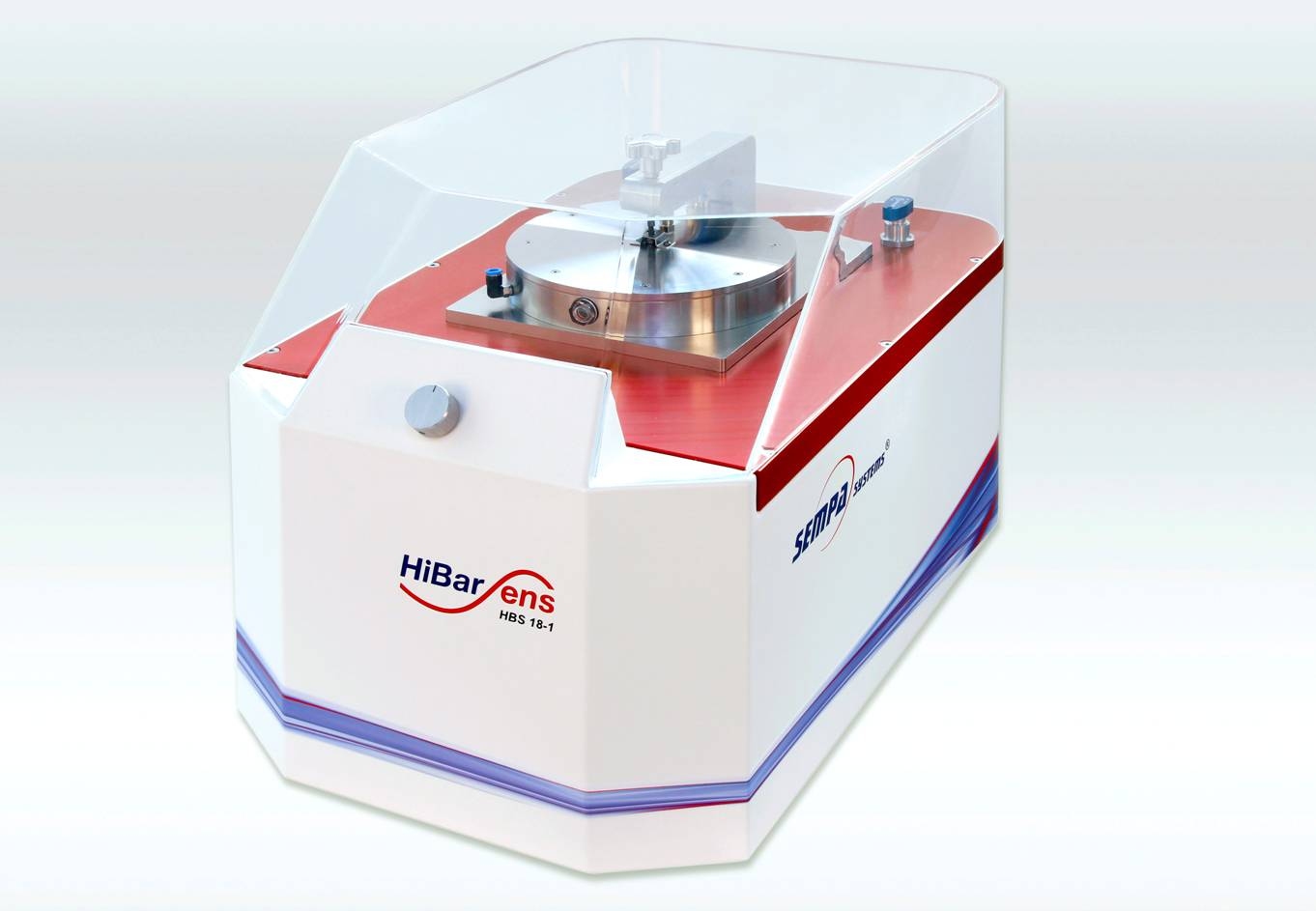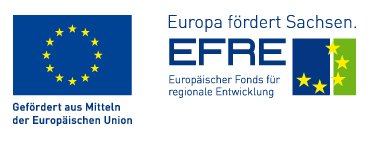Reliably determining water permeation rates on ultra barrier materials with highest sensitivity and throughput
In the beginning of May, researchers of the Fraunhofer IWS Dresden together with the company SEMPA Systems GmbH Dresden launched a joint project funded by the state of Saxony. The challenge: High throughput metering of moisture permeability of ultra barrier materials.


Permeation often is a knock-out parameter in high-end applications like organic electronics: already traces of moisture may have significant impact on the performance of organic light emitting devices (OLED), electronic ink (E-Ink) or photovoltaic modules.
As the lifetime requirements on displays or solar cells rise to years or even decades, integrated barrier materials are enormously challenged. So, no more than 10 microgram of moisture per square meter in one day (10-4 g m-2 d-1) is allowed to permeate through the barrier material. Producers already aim at 10 or even 100 times lower permeation rates - that’s like allowing only one water droplet to pass an area of about 7 soccer fields!
After having worked on an appropriate high-sensitive measuring system for about 5 years, Fraunhofer IWS researchers and SEMPA Systems engineers presented their results to producers and users of ultra barrier materials, the “HiBarSense®” permeation measurement system half a year ago. Its lower detection limit is 10 times better than those of customary devices. This gigantic performance boost is subject to the used laser sensor, which enables to reliably count even few permeated water molecules. The new “HiBarSense” system provides verified permeation rates in the 10-5 and prospectively the 10-6 range.
Not resting on the achieved, Fraunhofer IWS researchers and SEMPA System engineers now take benefit of the laser sensor as a qualified flexible and non-invasive tool to (quasi-)synchronously characterize more than one barrier material at a time.
Permeation measurement is quite time consuming: to get a trustful measurement on samples with 10-1 g m-2 d-1 permeation rate, about half a day is necessary, while the 10-2 range demands already some days of measurement and the 10-5 range needs weeks! Keeping this in mind, parallel metering is a huge advantage especially in barrier “trial & error” development processes.
Both project members are confident to achieve their ambitious aim: to present a permeation measurement system for the highly sensitive simultaneous characterization of at least 4 barrier materials within 26 months.
As a first step, at the LOPE-C fair on organic electronics, SEMPA Systems and Fraunhofer IWS will show the “HiBarSense” system and initial results of their restarted cooperation.
Come and join us at the LOPE-C 2012 (4th International Conference and Exhibition for Organic and Printed Electronics Industry) from 19th – 21st June 2012 in Munich (hall B0, booth 314)
 Fraunhofer Institute for Material and Beam Technology IWS
Fraunhofer Institute for Material and Beam Technology IWS